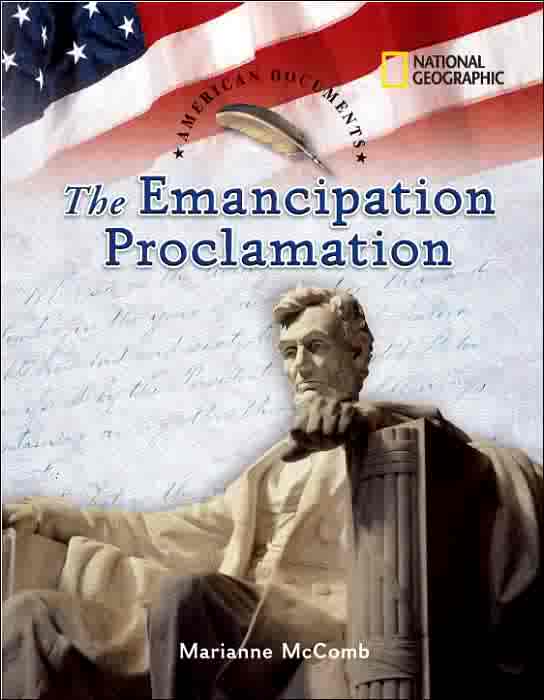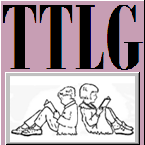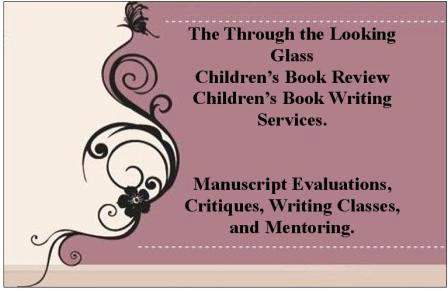The Database Of All The Reviews
American Documents: The Emancipation Proclamation
Marianne McComb
Non-Fiction (Series)
Ages 8 to 10
National Geographic, 2004, 0-7922-7916-6
There can be no doubt that the new president, Abraham Lincoln, was facing a terrible national crisis. The Southern States no longer wanted to be a part of the Union. They felt that their way of life, and their right to own slaves, was being threatened. To protect themselves they left the Union and formed the Confederate States of America. This was a state of affairs that Lincoln could not tolerate. He felt that the Constitution did not allow him to go to war over the issue of slavery but he felt perfectly justified in going to war to keep the Union together,
War was declared and men from the North and men from the South fought one another. To everyone’s surprise, the North did not do well in the first battles. A former slave, Frederick Douglass, talked to Lincoln and convinced him that it was necessary to “make slavery the issue of the war.” Soldiers would be able to better identify with the need to rid country of slavery than they would with the need to hold the Union together. It was a cause that they would be willing to fight for.
Thus it was that Lincoln decided that he had to free the slaves in the Confederate states to win the war. He wrote the Emancipation Proclamation and on September 22nd, 1862 the document was read to the public for the first time. On January 1st,1863 the Proclamation went into effect. Though this document meant a great deal for the Southern slaves, it did not, as yet, make slavery illegal in the United States.
In this superbly written book young readers will come to understand why the Emancipation Proclamation came to be written and what it meant to people living in the North and in the South. Annotated illustrations and period photographs help round out the picture that the author creates, a picture of a country fiercely divided, and a people desperate to attain their freedom.
In addition to the story of the Proclamation, the author also talks about how the removal of slavery from the country was just the beginning. African Americans would have to wait a long time before they would be allowed to have all the freedoms mentioned in the Declaration of Independence. At the back of the book the author includes sections from the Fugitive Slave Act of 1850, the entire text of the Emancipation Proclamation, and the texts from the thirteenth, fourteenth and fifteenth Amendments to the Constitution of the United States.


An Online Children’s Book Review Journal
Through The Looking Glass Children’s Book Reviews
Online book reviews for the child in your life featuring both new and popular children's book authors

Kids book reviews, including book reviews of chapter books, novels, picture books, and non-fiction from famous children’s literature authors. Your review site of books for children.
Welcome to Through the Looking Glass Book Reviews. We have moved! Please visit the new site at www.lookingglassreview.com to enjoy the new website.


